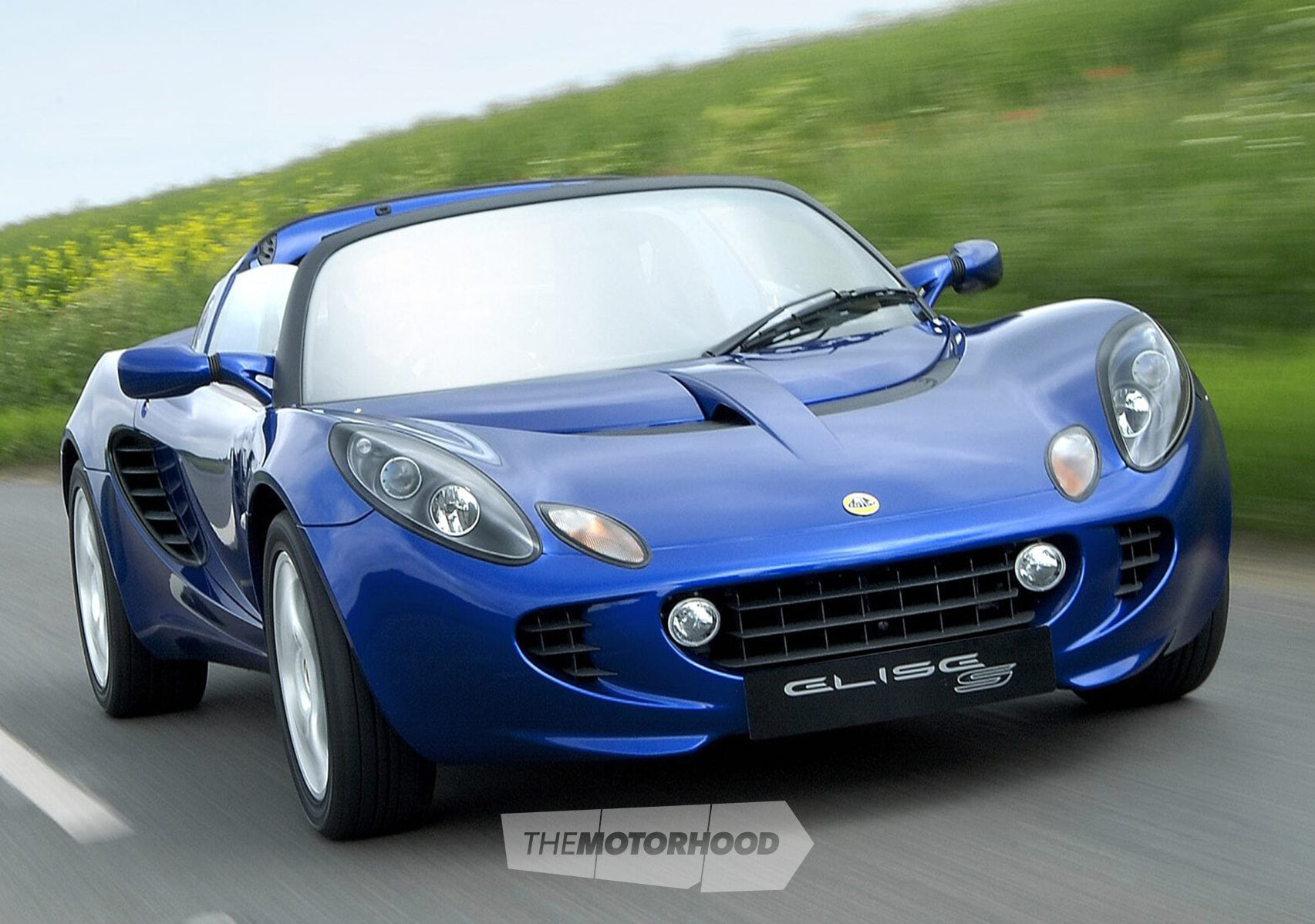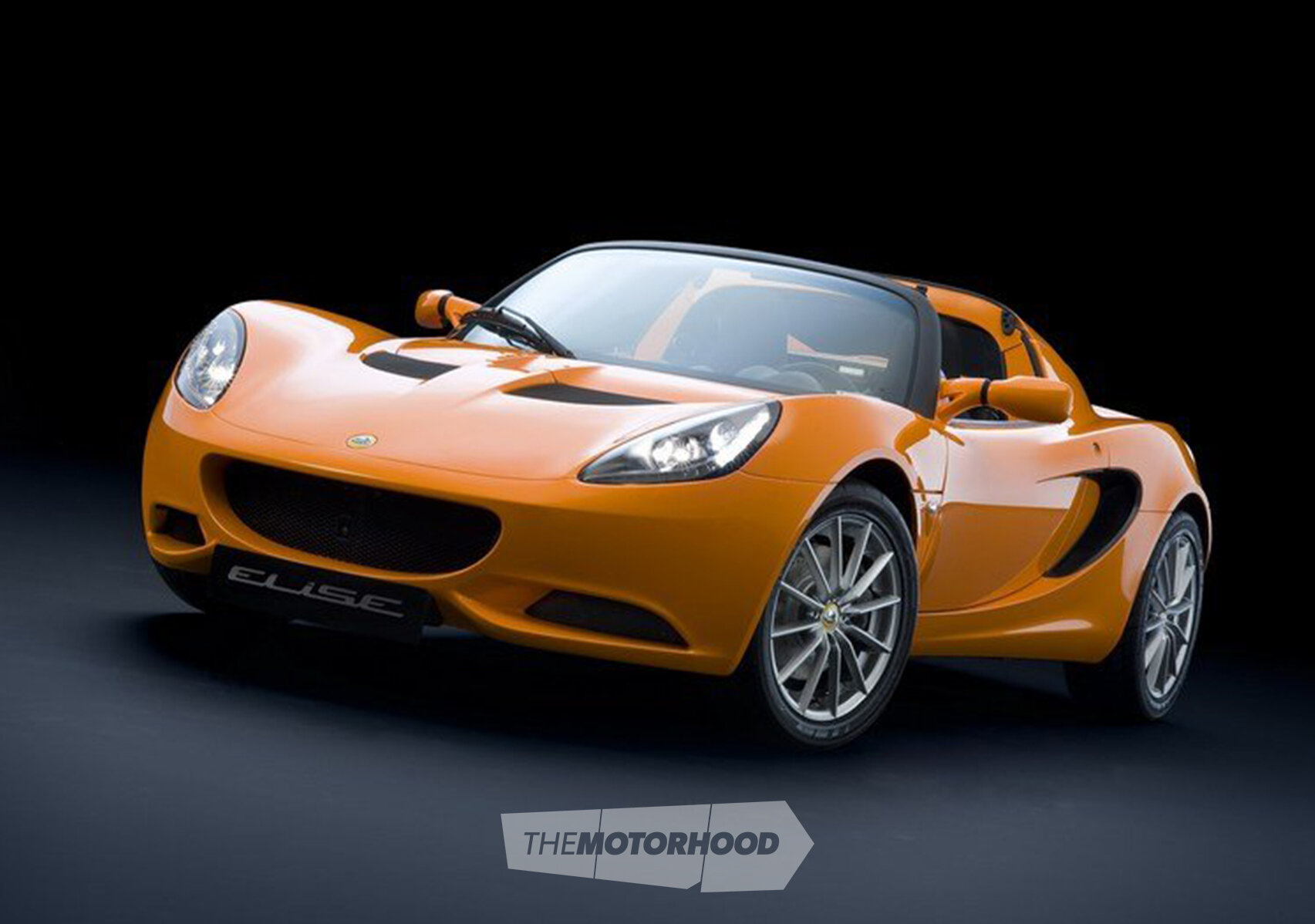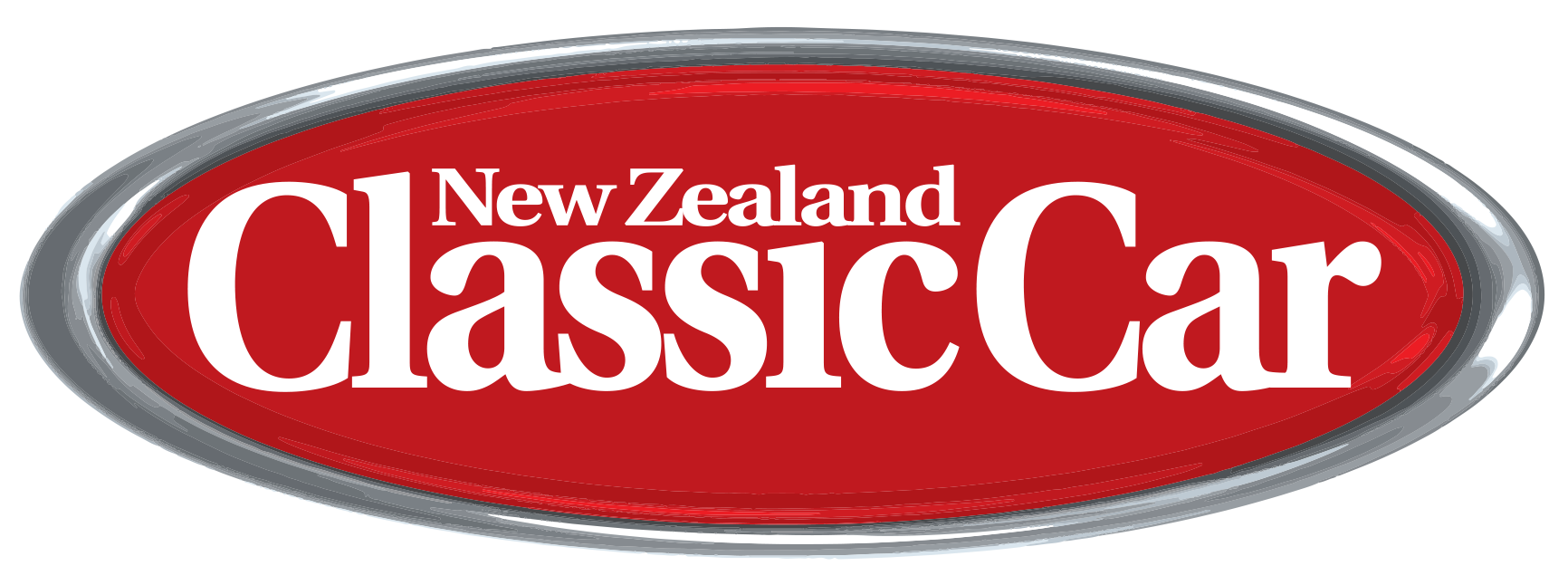Some think Lotuses are delicate. They have their fans here but the Elise could always handle more
Lotus founder Colin Chapman was a bright fellow to say the least. His mantra of “simplify, then add lightness” was revolutionary when it came to making cars. In Colin’s mind, even washers on some of his Grand Prix cars were considered to be extra weight. However, after Chapman’s death in 1982, some argued Lotus’s move to sell upmarket luxury sports cars did not reflect the lightweight heritage the Hethel-based company was known for.
In 1996, Lotus went back to its roots with the Elise, a sports car offering the bare essentials of driving, without sacrificing day-to-day usability. The Lotus Elise has been a part of George Maddever’s life for 20 years. Having owned, raced, and modified just about every variant of the car, he knows better than most how the Elise saved Lotus from bankruptcy.
“Cars like the Mazda MX-5 showed there was a market for back-to-basics driving-thrills minimalism, and Lotus had failed to tap into that with the M100 Elan of the early ’90s. The Elise was no less usable than a traditional sports car such as the MX-5 or Porsche Boxster, but it was just so much better to drive. Yes, it was minimalist, but only in terms of luxuries; the necessaries were all still there,” says George.
Malcom James is the owner of a Series 1 (S1) Elise and reckons that the Elise is underappreciated in New Zealand.
“In a country where horsepower is what a lot of people crave, not everyone sees the appeal of a little 1.8, but the power-to-weight ratio and the handling on a twisty hill road are hard to beat. The fact the design is so true to the original after over 20 years is a great testimony to the concept,” he says.

Overlooked and underappreciated
Because of this Kiwi reluctance to embrace the Elise, it has never been as highly sought after as some of its European alternatives, leaving many enthusiasts having to import cars privately.
“The market in New Zealand is a bit isolated from the rest of the world, so it does vary from time to time. There have been times when it’s been much cheaper to import an Elise from the UK than to buy locally, and also the other way around,” says George.
With so many special editions of the Elise around, it is unlikely yours will be the same as your friend’s.
The S1 is starting to creep up in value as the Elise that started it all ascends to classic status. “Standard S1s are likely to fetch up to the early $30K mark for really tidy cars and rarer variants. In the UK, S1 values are climbing as good cars get scarcer. The S1 and earlier S2 [Series 2] cars represent the most affordable way into Elise ownership. A Rover-powered S2 in New Zealand can probably be had for somewhere in the low-to-mid $20K range, whereas a supercharged 111S is probably more like $30K to $40K,” he says.
After 2005, the Elise got Toyota power thanks to the rev-happy 2ZZ-GE VVTi four-cylinder. As a result, prices for these cars creep up slightly.
“Toyota-engined cars sit at around $30K though to $40K, with a late supercharged car being more a $40K to $50K car,” George explains.
This is confirmed by Malcolm. “Later S2s with Toyota motors are likely to be $30 to $40K, and be prepared to pay more for high-revving VVT engines and supercharged SC versions,” he says.
The Series 3 (S3) is the current Elise and was the last one to be sold new in New Zealand before Lotus left this market a few years back. As a result, with many of them just out of their manufacturer warranty, this modern classic is worth the most.
“For 2010 models onwards, be prepared to pay in excess of $50K to $60K, depending on the model and history,” Malcolm tells us.

Buy on condition
According to George, an Elise will hold its value: “Elises tend to depreciate very slowly. Obviously, there’ll always be cars with dodgy history that’ll go for cheaper and special edition cars, which can go for more.”
Once you have set your sights on the Elise of your dreams, you must do your homework on maintenance and running costs. However, the old rather unfair suggestion that ‘Lotus’ stands for ‘Lots Of Trouble, Usually Serious’ doesn’t necessarily apply to Elises.
“In reality, they’re very cheap cars to run. They’re frugal on fuel and consumables and whatever engine they come with. The engine itself was designed for a mass-market hatchback, so it’s not terribly exotic or expensive to get spares for or maintain,” explains George.
The biggest thing buyers need to be aware of is the condition of the Elise’s revolutionary aluminium chassis, undertray, and clam-shell body panels, as any significant damage to these can be an expensive fix.
“Even minor damage can be expensive to repair given the large clam-shell body panels, and any chassis damage can pretty much write a car off, as the bonded aluminium tub isn’t really repairable in the same way as a steel-monocoque or tube-frame car is,” reveals George.
The Rover K-series engine found in the S1 and earlier S2 Elises developed an appetite for head-gasket failure, but this can be sorted easily.
“Most would agree the Toyota reliability is a major draw, although some say they lack character and torque. In reality the Rover gets a raw deal due to the head gasket failure reputation, but the problems are well known and can be fixed if dealt with competently, and if you don’t overheat the engine excessively. They’re a really neat engine when well sorted and looked after,” says Malcolm.
The Elise is not only one of Lotus’s greatest hits, it is also one of the world’s greatest classic sports cars, period. It offers one of the most epic drives for under $50K. If this tickles your fancy, buy on condition and service history rather than on age or mileage. Talk to the previous owner or owners, and do your research on the car itself. Also, get involved with the New Zealand Lotus community. Many owners know of the condition and history of a large number of the Elises residing in New Zealand.
Keen drivers queue here.




